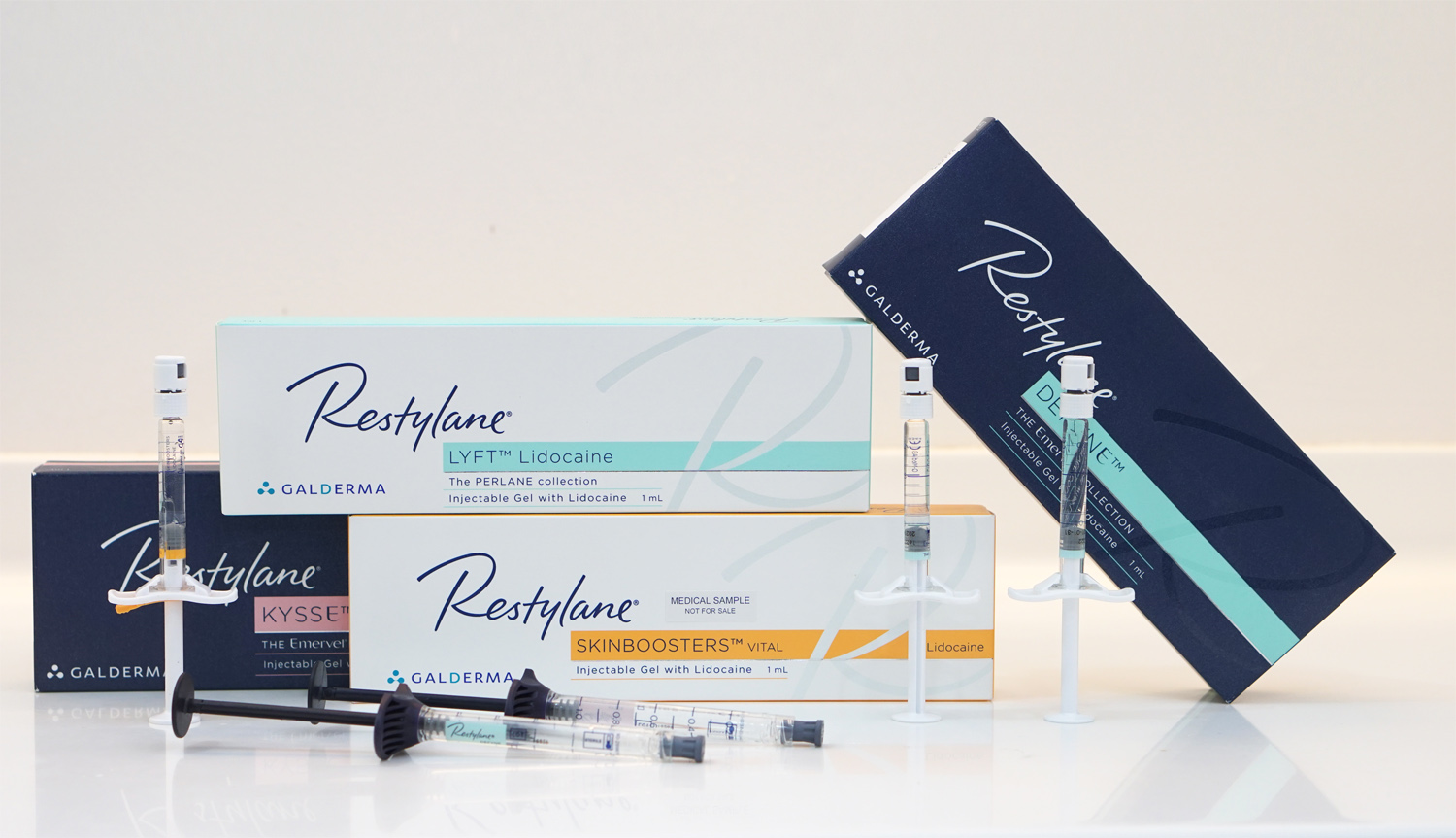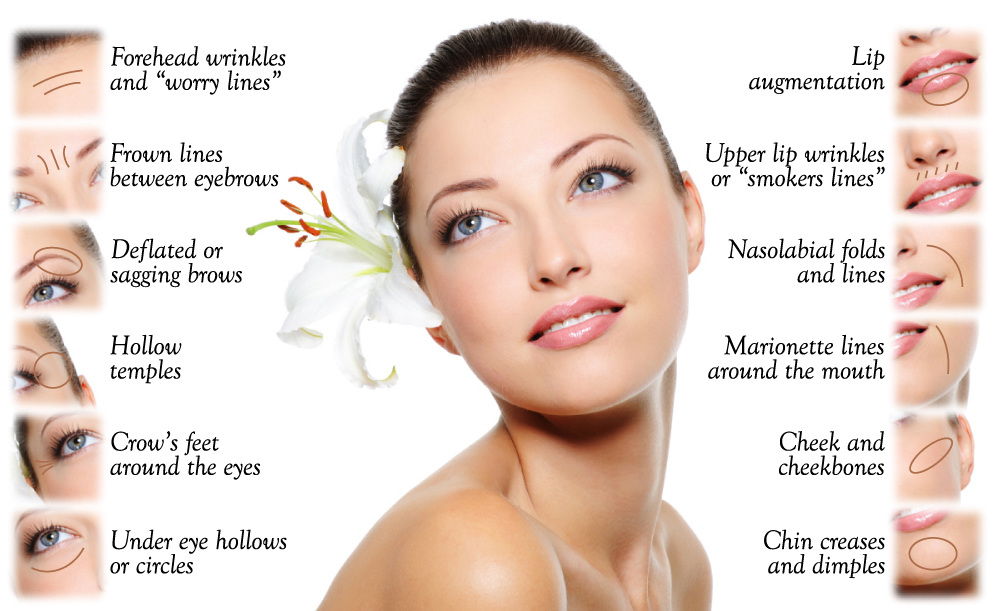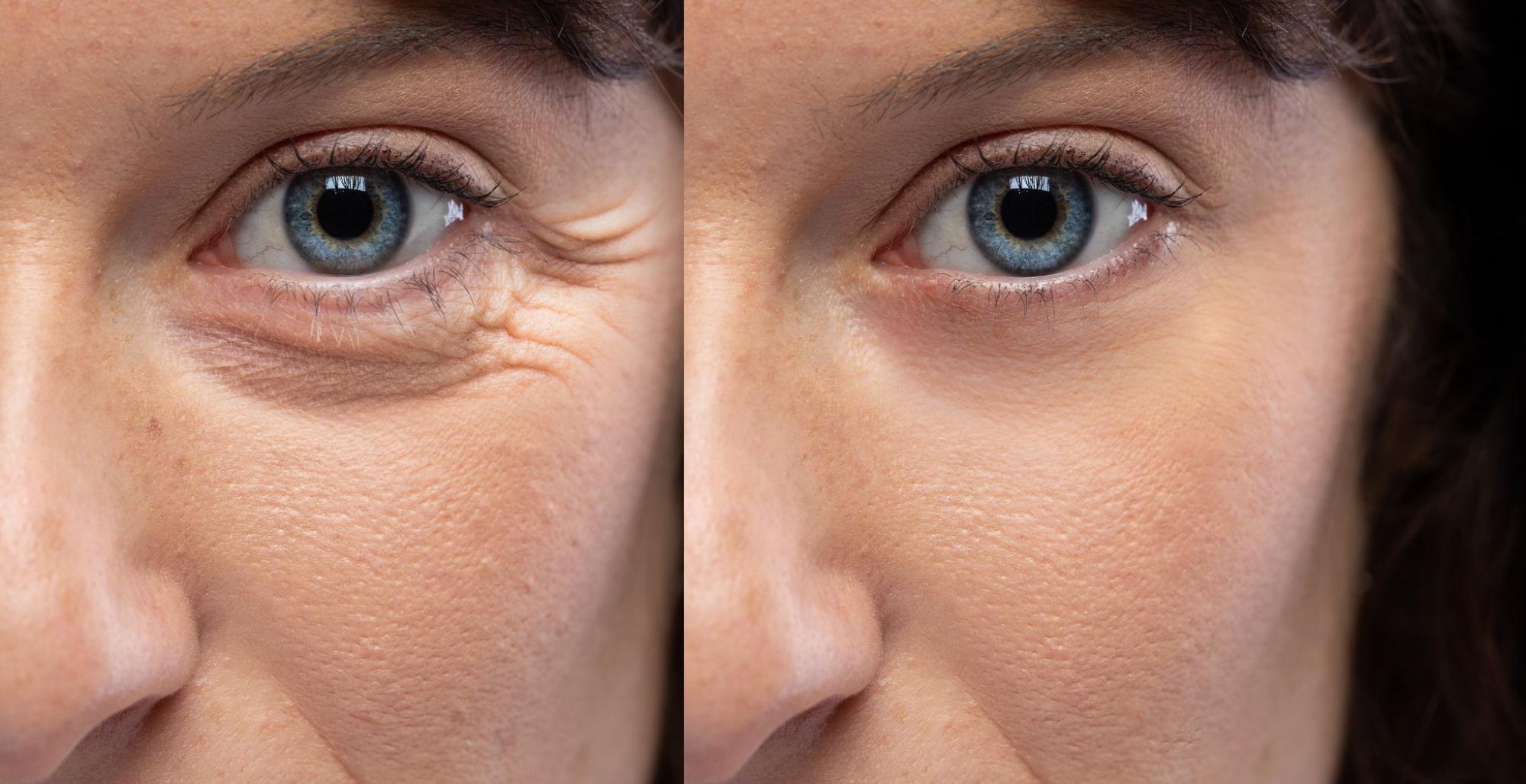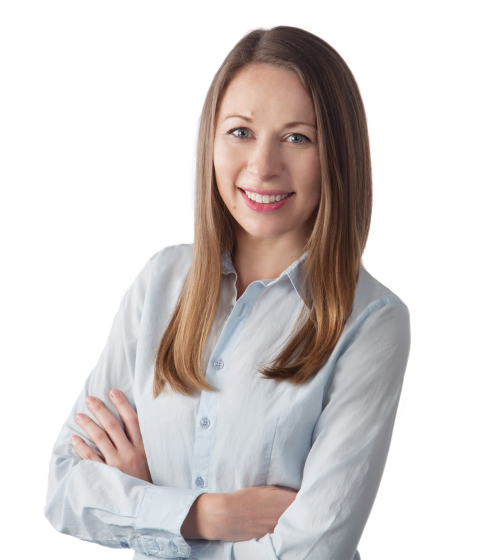DIFFERENT TYPES OF DERMAL FILLERS and BOTOX
Dermal fillers are hyaluronic acid fillers designed to replenish volume loss and bring structure to the lips. The filler injections add fullness and smoothness, creating a plumping effect that rejuvenates your appearance. The most commonly used hyaluronic fillers used for lips are Juvederm and Versa. Lip filler can be customized to get the lip shape you want.
Botox, on the other hand, targets facial muscles that contribute to fine lines and wrinkles. Our lip flip treatment uses Botox to relax the muscles around the mouth, enabling a more prominent lift to the upper lip, reducing the appearance of a gummy smile.
Combining these two procedures can create a harmonious balance between definition and volume, resulting in a natural-looking, attractive smile that truly reflects your inner beauty. The lip flip procedure helps to accentuate your cupid’s bow, that charming little dip in the middle of your upper lip. On the other hand, lip filler treatment contributes by adding volume and fullness to your lips, creating a plump, alluring pout that is hard to ignore.
But here’s the real kicker: the results achieved from this combination are typically more dramatic and enduring than when either procedure is done alone. This means you enjoy the benefits of your enhanced smile for longer, making it an investment worth considering.

There are many types of dermal fillers. In addition to “off-the-shelf” fillers that use synthetic (manmade materials) and substances that naturally occur in your body, healthcare providers can use fat from your own body. Healthcare providers call this procedure “autologous fat grafting,” where they remove fat from one part of your body and inject it into your face.

The types of off-the-shelf fillers include:
– Hyaluronic acid (HA) is a naturally occurring acid in your skin. It gives your skin volume and keeps it hydrated. With age, your body stops making hyaluronic acid. Results from HA injections usually last six months to a year. Restylane® is a commonly used type of HA filler.
– Calcium hydroxylapatite (CaHA) is a type of filler that consists of a substance you have in your bones. Results from these fillers typically last around a year. Healthcare providers usually use CaHA fillers for deeper wrinkles. Examples of CaHA fillers include Radiesse®.
– Poly-L-lactic acid (PLLA) is a substance that helps your body create its own collagen. Healthcare providers usually use poly-L-lactic acid to smooth deep wrinkles on your face. The results can last two years or more. Types of PLLA fillers include Sculptra®.
Polymethylmethacrylate (PMMA) fillers consist of collagen and very small balls that stay under your skin after your healthcare provider injects them. The balls give your skin volume and keep it firm.
– Bellafill® is one type of PMMA filler.
Your healthcare provider will review the types of dermal fillers and discuss the right option for you. Talk to them about setting realistic goals and the results you can expect after getting injections.

How do Botulinum Toxin Type A injections work?
Before we breakdown the differences between Botox, Dysport, Jeuveau, and Xeomine, it’s important to understand what they are and how they work.
Botulinum toxin type A (BoNT) is the primary active ingredient in each of the three products. In cosmetic dermatology, botulinum toxin is used to reduce the appearance of fine lines and wrinkles caused by facial expressions (think: frowning, squinting, smiling, and the like) by injecting it into the muscles underlying the affected area. In turn, the lack of muscle contraction prevents the face from forming lines and wrinkles.
The result? Smoother skin for three to four months (or until it wears off).
Now that you know what Botox, Dysport, Jeuveau, and Xeomin have in common, it’s time to understand what makes them different — no matter how subtle the distinctions might be.
First and foremost, the four neurotoxins are made by different manufacturers, which leads to different costs, potencies, and formulations. While the active ingredient in each product is botulinum toxin type A, some also feature protein blends that may affect the diffusion and efficacy of the injection. Such subtleties are why it is important to find a provider who is well versed in the market.

Botox
FDA Approval: Botox was first approved by the FDA as a temporary aesthetic treatment to improve the appearance of frown lines between the eyebrows in April 2002. It has since been cleared to treat forehead lines and crow’s feet, too (in addition to all its “off label” uses). Botox was the first product of it’s kind.
The Background: Botox, or onabotulinumtoxinA, is a product of Irish drugmaker Allergan, and it currently holds an estimated 80 percent of the BoNT-A injection market. With a molecular weight of 900 kDa, Allergan formulates botulinum toxin type A with protective proteins that a subset of patients may develop an antibody against over time, lessening the effectiveness of the treatment. The inactive ingredients in Botox® include human albumin (i.e. plasma proteins) and sodium chloride. There is also a therapeutic version of product that can be used to treat medical conditions like migraines, excessive sweating, and eye spasms (to name a few.
The Results: Botox is effective but not permanent. It takes about three to five days post-treatment for the results to appear (though it can take up to two weeks for the final effect to be visible), and it lasts about three to four months in most patients. The longevity depends on everything from the way a patient’s body metabolizes the product to the area being treated.
Dysport
FDA Approval: Dysport was first approved to treat frown lines in April 2009, and, like Botox, also has therapeutic uses to calm muscle spasticity.
The Background: A product of Medicis Pharmaceutical, Dysport (a.k.a. abobotulinumtoxinA) is slightly less potent than Botox® due to its molecular weight. While both have the same 150 kDa of BoNT-A at their core, the weight of the protective proteins in Dysport® are not uniform like those in Botox. As a result, Dysport has a higher rate of diffusion, which makes it ideal for treating larger areas (think: foreheads) — though more product may be needed to achieve results. Nonetheless, the cost is generally comparable to Botox. Like Botox, it is formulated with human albumin, and Dysport also contains lactose and cow’s milk protein — making it unsuitable for patients with milk allergies.
The Results: While the effects of Dysport may show up sooner (within 24 hours) than Botox, some studies have shown that they may not last as long. The shorter lifespan could make it a good choice for patients who are unsure about whether they will like the results of BoNT-A injections.
Jeuveau
FDA Approval: The new kid on the block was approved exclusively for cosmetic use in February 2019.
The Background: You may recall the splashy launch party that branded Jeuveau (i.e. prabotulinumtoxinA) as “#NEWTOX.” Maker Evolus is hoping the newbie will prove to be a worthy competitor to Botox, as they both carry a molecular weight of 900 kDa, are formulated with human albumin and sodium chloride, and offer similar results. But, with a price point 20 to 30 percent less than Botox and marketing campaigns largely targeted at millennials, it would appear Jeuveau is seeking to carve out its own patient niche.
The Results: Clinical data is limited due to the newness of the product, but trials have shown Jeuveau to have a similar safety and efficacy profile to Botox. Patients generally begin to see results in three to five days, and they last for three to six months.
Xeomin
FDA Approval: Xeomin was first approved by the FDA in 2010 for treating blepharospasm, or involuntary blinking, and cervical dystonia, an involuntary contraction of neck muscles. In 2015 it was approved for treating upper limb spasticity, and in 2018 it was approved for treating chronic sialorrhea.
The Background: Xeomin® is made through a unique precision manufacturing process that isolates the therapeutic component of the molecule and removes the complexing/unnecessary proteins that don’t play an active role in treatment. Xeomin® is a uniquely purified neurotoxin. Studies have not been performed to determine whether the presence or absence of complexing/unnecessary proteins has a long-term effect on safety or efficacy.
The Results: Most patients begin to see their results in about four days, which is just slightly longer than with Botox, which offers signs of improvement within 72 hours. Both injectables last anywhere from three to six months, and you can opt to schedule another treatment when the first one wears off.








